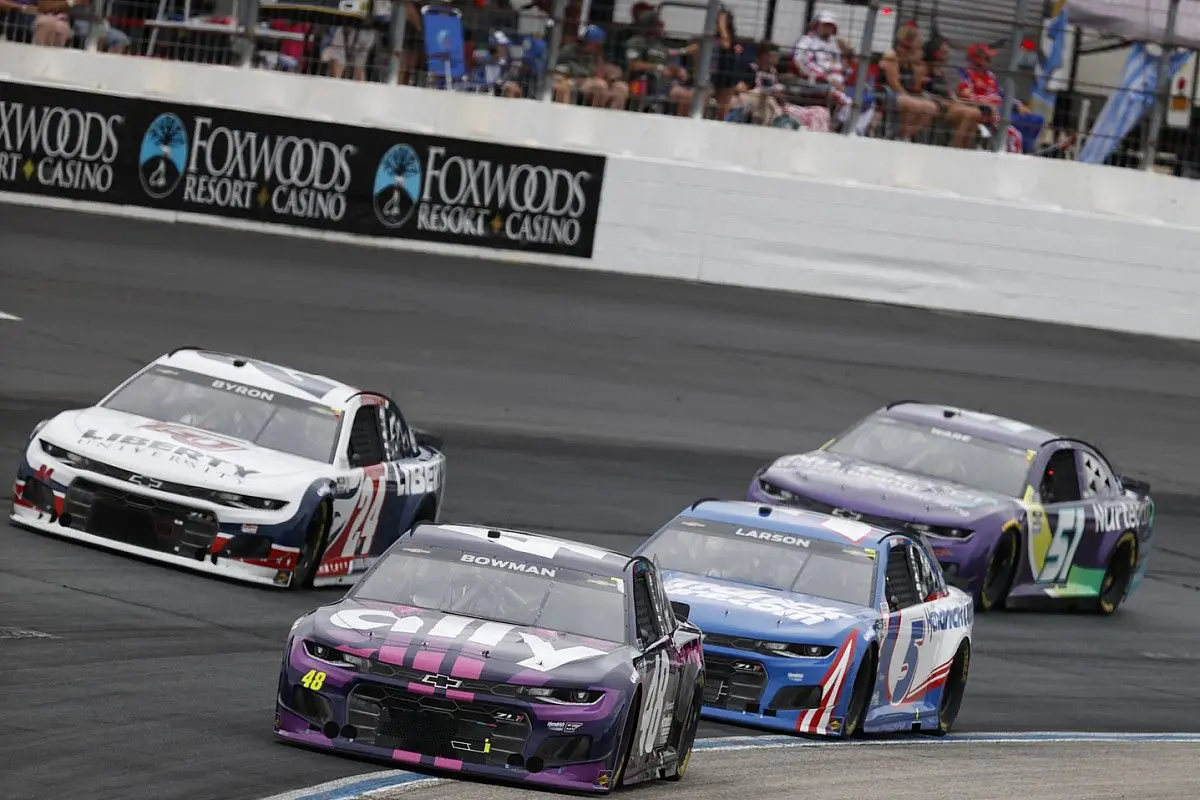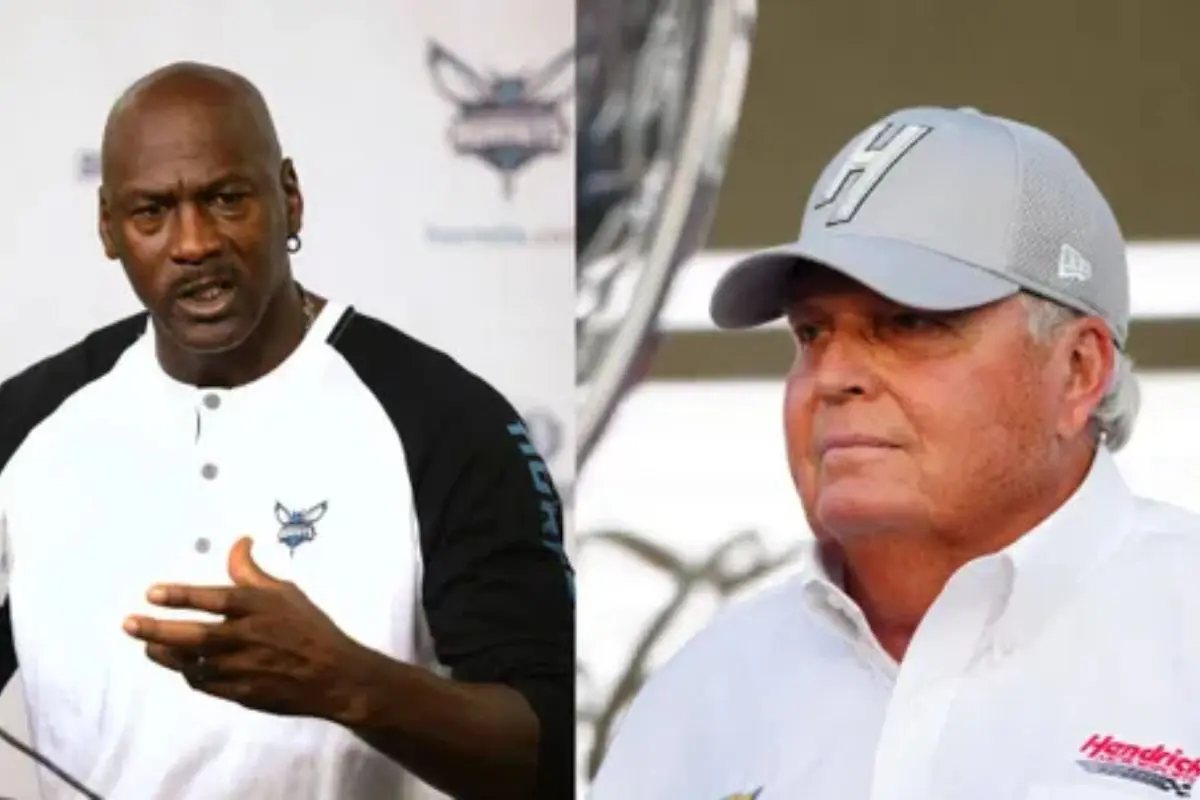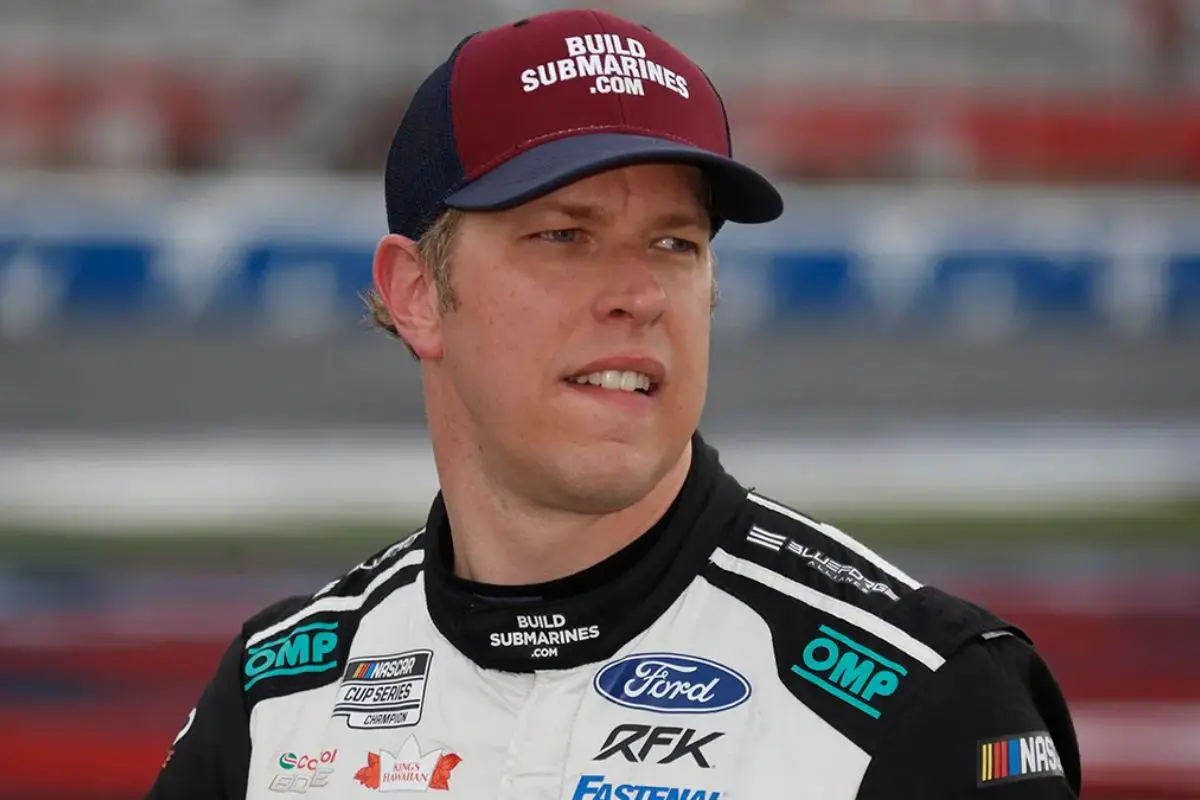Rick Hendrick Breaks Away from Michael Jordan’s Plans: Rick Hendrick‘s decision to distance himself from Michael Jordan’s NASCAR initiative emphasizes a notable rift in the sport’s governance, particularly regarding the contentious charter agreement negotiations. Hendrick’s frustration stems from a perceived lack of equitable treatment among teams, raising questions about the long-term sustainability and fairness within the racing landscape. This choice highlights his commitment to operational stability and invites scrutiny into the broader implications for team dynamics and competitive balance in NASCAR. As the situation unfolds, the ramifications of this decision could reshape alliances and strategies across the racing community.
Key Highlights
- Rick Hendrick opted out of Michael Jordan’s NASCAR initiative due to frustration with perceived inequities in negotiations affecting all teams.
- His decision was influenced by the exhaustion from ongoing negotiations and the need for stability in the sport.
- Hendrick emphasized the financial consequences of not securing charter status, including the loss of crucial TV revenue.
- He expressed concerns about fair treatment for all teams, indicating broader issues within the racing community.
- Hendrick’s choice reflects a calculated risk management strategy prioritizing operational continuity over uncertainty in NASCAR’s future.
23XI Racing’s Stance on the Charter Agreement
23XI Racing’s decision to contest the charter agreement has sparked considerable debate within the NASCAR community. By opting not to sign the charter deal by the deadline, 23XI Racing has positioned itself as an important player in a contentious landscape characterized by negotiations and alliances. This refusal raises critical questions regarding the implications for competitive equity and financial viability in the sport.
The charter system, established to provide teams with guaranteed starting positions and a share of revenue, has been a cornerstone of NASCAR’s operational framework. However, 23XI Racing’s stance highlights a growing discontent with the current structure, suggesting that not all teams view the charter agreement as beneficial. The team’s decision mirrors the sentiment of other organizations, especially Front Row Motorsports, which has also expressed reluctance to fully accept the agreement.
Interestingly, while the majority of teams have signed on, their motivations are not uniformly aligned. For instance, Hendrick Motorsports, despite its eventual agreement, exhibited initial hesitance, indicating that even among the most successful teams, there exists a desire for more favorable terms.
This dynamic demonstrates the complexities of team strategies within the charter system, revealing a landscape where financial incentives and competitive integrity are often at odds.
As 23XI Racing navigates this contentious issue, its actions may well set a precedent for future negotiations and reshape the landscape of team ownership in NASCAR, compelling stakeholders to reconsider the long-term implications of the charter system.

Michael Jordan and Denny Hamlin’s Position
Amidst the ongoing discussions about the charter agreement, Michael Jordan and Denny Hamlin find themselves at a crucial crossroads regarding their team’s future in NASCAR. The duo’s hesitation in finalizing a deal has incited speculation about their commitment and tactical foresight.
With the deadline now passed, the potential repercussions of their indecision loom large, as they risk losing out on an essential opportunity to solidify their standing in the competitive landscape of stock car racing.
In contrast, Hendrick Motorsports, which operates a full fleet of four cars, has swiftly acted to secure its position for the upcoming season. Their proactive approach highlights the stakes involved, as established teams like Hendrick have much more to lose if they fail to adapt to the evolving charter regulations.
This disparity in response highlights a critical variance in risk management philosophies between established entities and newcomers in the sport.
Jordan and Hamlin’s situation is further complicated by the external demands surrounding NASCAR’s charter system, which has drawn mixed responses from team owners.
The clock is ticking, and the decisions made in the coming weeks will certainly shape the course of 23XI Racing, ultimately determining whether it can thrive or merely survive in an increasingly demanding environment.
Rick Hendrick’s Explanation for Signing
Rick Hendrick openly expressed his rationale for proceeding with the charter agreement, emphasizing a sense of exhaustion with the ongoing negotiations. “I was just tired,” he remarked, highlighting the burdens that come with wrestling for competitive placement in the current NASCAR landscape.
Rick Hendrick on why he signed the #NASCAR charter agreement: “I was just tired.”
— Jenna Fryer (@JennaFryer) September 10, 2024
Hendrick’s decision is rooted in a pragmatic recognition of the stakes involved in the charter system. While he acknowledged that he was not entirely satisfied with the terms, the prospect of the impending 2025 season loomed large.
I think we worked really hard for two years and it got down to, you’re not going to make everybody happy. And I think it got down to, I was just tired. Not everybody was happy. But in any negotiation, you’re not going to get everything you want, and so I felt it was a fair deal and we protected the charters, which was number one, we got the [revenue] increase, I feel a lot of things we didn’t like we got taken out, so I’m happy with where we were.” – rick
The absence of a charter agreement would have considerable financial ramifications for any team, especially the loss of access to essential TV revenue and the added stress of qualifying for races. These considerations weighed heavily on Hendrick, who is well aware of the relentless competition inherent in NASCAR.
By opting to sign the agreement, he effectively sidestepped the exhaustive ordeal that the owners of 23XI Racing are currently facing in their negotiations.
Hendrick’s approach reflects a broader strategy of risk management within the sport. Rather than engage in protracted disputes over charter terms, he chose to secure a foothold in a rapidly evolving landscape that demands both stability and adaptability.
Reasons Behind Teams’ Discontent with the Charter Agreement
Several teams within NASCAR are voicing their discontent with the recent charter agreement due to perceived inequities in revenue distribution. While the new structure has increased payouts markedly—guaranteeing even the last-place teams receive at least $8.5 million—the underlying concerns revolve around the distribution of the newly negotiated television deal.
This deal promises a 40% increase in total revenue for NASCAR, yet many teams feel that they are not adequately benefiting from this growth. Despite the considerable rise in revenue, the allocation percentages for teams appear largely unchanged. This stagnation in distribution means that while the total financial pool has expanded, teams are not seeing a proportional increase in their share.
For organizations like 23XI Racing, which are still in their formative stages, every dollar is vital for sustaining operations and funding competitive efforts. The perception is that NASCAR’s financial strategy has favored the league itself over the teams that provide the foundation for its success.
The frustrations are compounded by the high operational costs associated with running a competitive NASCAR team, which have only escalated over recent years. Teams are advocating for a reevaluation of the charter agreement to guarantee that the revenue-sharing model reflects their contributions to the sport and supports their growth.
Brad Keselowski’s Clarification on Team Positions
How can teams navigate the complexities of the current NASCAR charter agreement without compromising their competitive integrity? Brad Keselowski, co-owner of RFK Racing, recently addressed the prevailing narratives surrounding team positions in this intricate landscape. He clarified that the term “forced” is a misrepresentation of the ongoing negotiations. Keselowski emphasized the need for resolution while respecting the decisions of other teams, particularly 23XI Racing and Front Row Motorsports (FRM).
“Well, I don’t necessarily know where that’s coming from. Forced is a really strong term, but we are getting to a spot where it’s important to get these things settled.”
“Certainly, respect their [23XI, FRM] decision-making ability…You know, for us, we felt it was right to do a deal and move forward.”- Keselowski
In the current environment, teams are grappling with the dichotomy of increased payouts versus the revenue generated from lucrative television deals. This dynamic influences how teams approach their strategies and partnerships.
Keselowski’s remarks clarify a layered perspective; not all teams are entirely dissatisfied with the current state of affairs. As negotiations unfold, the challenge remains for teams to advocate for their interests while fostering a collaborative atmosphere conducive to the collective health of NASCAR. The outcomes of these discussions will inevitably shape the future competitive landscape.
News in Brief: Rick Hendrick Breaks Away from Michael Jordan’s Plans
The ongoing negotiation challenges surrounding the charter agreement have highlighted considerable disparities among NASCAR teams. Rick Hendrick’s decision to opt out of Michael Jordan’s initiative emphasizes a broader concern regarding equitable treatment within the sport. As teams grapple with the implications of the charter system, the discontent expressed by diverse stakeholders, including Brad Keselowski, reflects a critical need for reform. The situation accentuates the importance of establishing a fair framework to guarantee operational stability and competitive integrity in NASCAR.
ALSO READ: Rick Hendrick’s 40-Year NASCAR Journey: How a $45.7 Billion Partner Changed Everything



